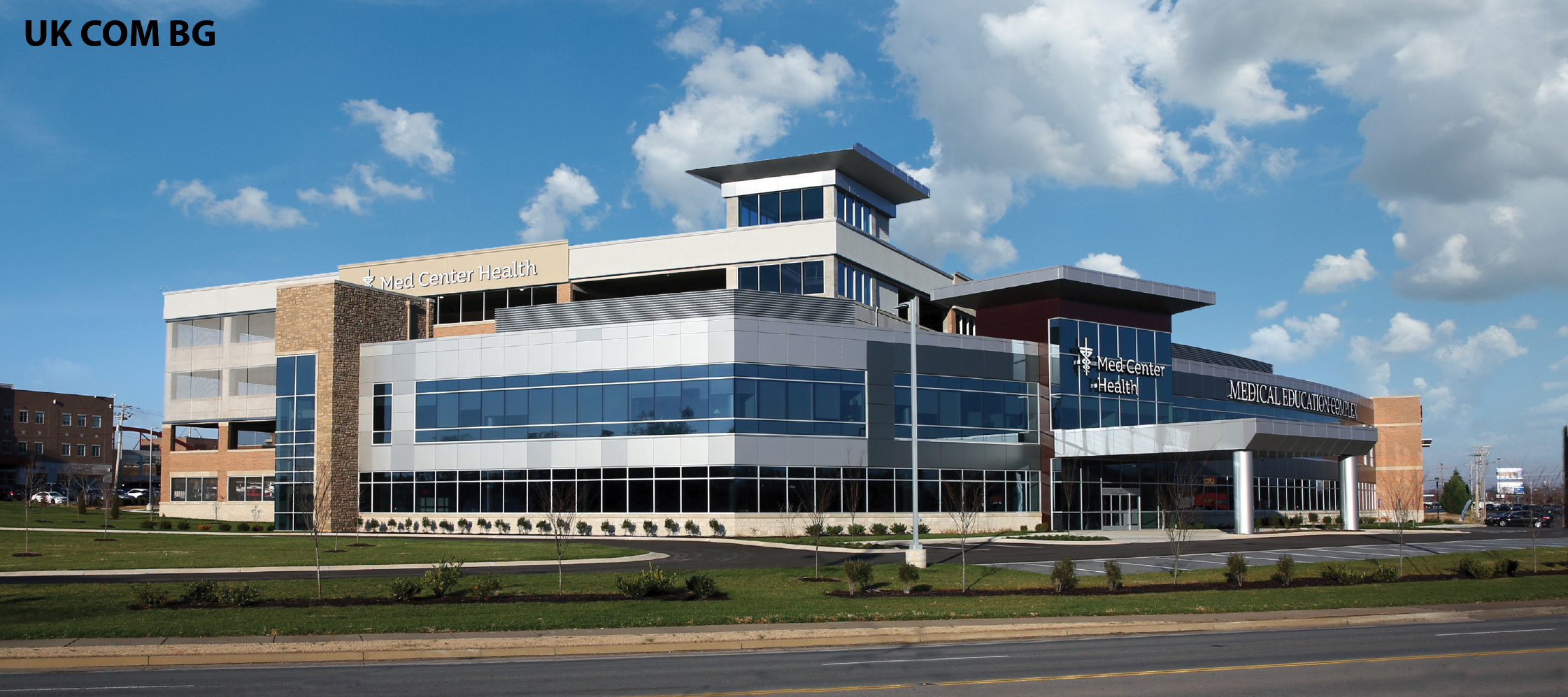 Commercial architecture firms in Kentucky say post-pandemic demand for design services is high and rising. They would continue a surge of hiring—if only they could find more professional staff.
Commercial architecture firms in Kentucky say post-pandemic demand for design services is high and rising. They would continue a surge of hiring—if only they could find more professional staff.
EOP Architects is headquartered in Lexington and has an office in Louisville. Business is so strong that co-founder and design principal Rick Ekhoff says both offices “are more busy now than ever. It is hard to keep up.”
Stengel-Hill, headquartered in Louisville with offices in Lexington, is the nation’s top design firm for behavioral health facilities and reports a very similar experience.
“We’ve grown certainly as much as we can,” co-founder Brad Stengel said. “We’re still hiring.”
Stengel-Hill invested in its Lexington location, he said, to be near and have closer relations with the University of Kentucky School of Architecture. UK has the state’s only architecture degree program, which graduates 50 to 60 architects a year.
EOP has added 10 members to its staff in the past six months, a more than 30% expansion. “We’d hire 10 more if we could,” Ekhoff said.
EOP has large projects in higher education, health care, hospitality, multifamily residential, massive renovation/expansion of convention centers and much more.
Business is so strong that Ekhoff describes the present as “strange times.” Although construction material costs have been rising, new projects continue to come on the market.
“It can’t continue like this,” Ekhoff said of the volume of jobs. EOP “is having to turn down work” so that it can maintain its quality standards.
Construction costs are out of sight, he said. Labor is short everywhere. Material availability has grown more difficult, with delivery often taking months—to the point that the availability of resources affects how EOP must design some projects. Some clients have put projects on hold in hopes costs will come down, but this looks unlikely to happen anytime soon.
Stengel-Hill has completed 60 to 70 behavioral health hospital projects “in at least 40 states” in the past six to seven years, Stengel said. He estimates the firm does up to 45% of all U.S. behavioral health design.
“It’s a growing market,” Stengel said, but also “a tricky field” requiring safety and compliance considerations “in every tiny detail.” Doing design that looks nice is easy—”making it safe and code compliant is the hard part.”
Health care has long been a major source of architecture work because high usage at facilities leads to renovation, reconstruction and expansion as well as new construction.
COVID especially disrupted health care projects, Stengel said. The burden of maintaining operations that would provide protection and safety for staff and patients made construction too complicated to attempt.
It’s further scrambled what already was an erratic business cycle, said Ekhoff, who has been in business for 42 years.
In the past, EOP might try to maintain a strategic plan looking five to 10 years, tweaking as conditions shifted. Now, Ekhoff said, strategic planning has shifted to maybe 18 months.
However, if the U.S. economy does go into recession—as is forecast by the majority of observers—the firm’s backlog of business should sustain it.
Click here for more Kentucky business news.



















